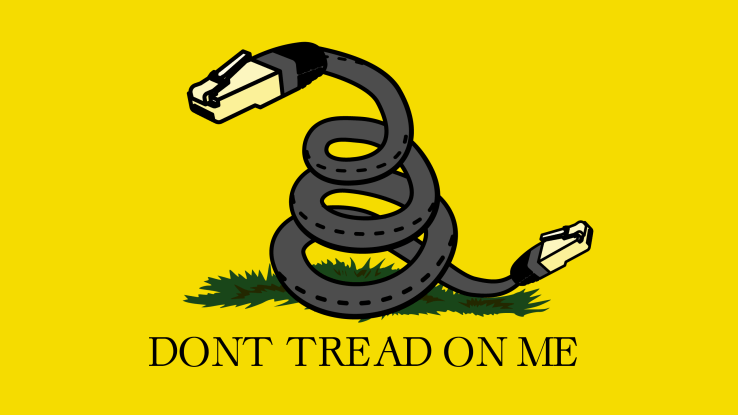
For someone who claims to be working for the American people, FCC Chairman Ajit Pai sure doesn’t seem to care what they have to say. In his announcement today that the Commission would vote whether to roll back net neutrality rules on December 14, he made no mention of the inconvenient and embarrassing fact that his proposal had attracted historic attention, garnering over 22 million comments — the majority of which opposed it.
The statement mentions benefiting or protecting consumers five times, so clearly the idea here is to help the users of internet services. Yet those very same consumers wrote the Chairman by the millions to say that they felt the existing rules protect them very well and that to remove them would be detrimental to their safety and privacy.
Just like when their safety and privacy were put at risk by the elimination of the Broadband Privacy Rule earlier this year. Strangely enough, the Chairman didn’t listen to the outcry then, either.
The response has been so strong, in fact, that the FCC was obliged to upgrade its filing system and then extend the comment period in order to accommodate the volume of comments.
Technically the FCC is not obliged to include public commentary in its considerations when proposing rules, something Pai and other officials have repeated constantly. In fact, just this morning, during a media call, a representative of the Commission said that comments which “did not introduce new facts to the record but just stated an opinion… do not have much bearing on decisions,” which is as much as saying the positions expressed by millions do not matter.
But this would have been an excellent opportunity to address the millions of fake comments, the allegations from Congress that the Commission has mismanaged its cybersecurity, the accusations of industry favoritism, and other concerns. And of course it would have been rewarding simply to hear the Chairman acknowledge the unprecedented level of public involvement on display.
Instead, the Chairman’s statement repeats the well-worn justifications for his proposal, which range from questionable to misleading to outright wrong. (I collected the arguments and counter-arguments here.)
Pai writes that the 2015 rules have “depressed investment in building and expanding broadband networks and deterred innovation.”
In fact the numbers are far from decisive on this and many industry experts and ISPs themselves have said that the net neutrality rules had nothing to do with changes in investment — instead, they follow years-long cycles of updating infrastructure, accommodating technology changes like 5G and so on.
And even if the numbers did show a slight change, that wouldn’t constitute proof that the rules aren’t working. As several representatives who actually worked on the 1996 Telecommunications Act (under the authority of which all this is playing out) wrote:
The proposal single-mindedly concentrates on one issue to the exclusion of all others: the raw dollars spent on network deployment. This narrow focus is clearly contrary to the public interest—if we had intended network investment to be the sole measure by which the FCC determines policy, we would have specifically written that into the law.
Pai also calls the rules “failed” but cites no metric by which they could be considered to be so. Perhaps he has picked up this habit from the president.
He calls the previous lack of Title II-based net neutrality rules a “longstanding consensus.” But it was neither. In fact, net neutrality rules have been in and out of the courts since 2002, with the FCC and various industries disagreeing fundamentally on what constitutes an “information service” versus a “telecommunications service,” the dichotomy at the heart of this conflict.
The “consensus” he speaks of is the telecommunications industry putting net neutrality in a legal holding pattern for more than a decade. Notably he does not mention the current and overwhelming consensus of the American people in support of the 2015 rules.
Source
Comments
Post a Comment